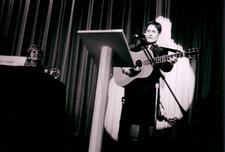Performing Arts

Sylvia Fine
Humorous composer Sylvia Fine created unique and influential music in her partnership with Danny Kaye. Fine wrote over 100 songs for Kaye to perform, including the music for The Secret Life of Walter Mitty, The Inspector General, and On the Riviera. She taught musical comedy at the University of Southern California and Yale and made philanthropic contributions to universities and Jewish organizations.
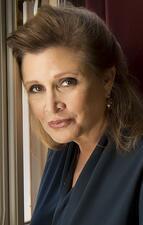
Carrie Fisher
Marjorie Fisher
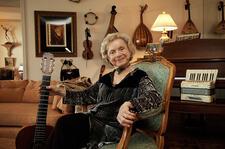
Flory Jagoda
Flory Jagoda is a singer, musician, and composer who has promulgated and enriched the Sephardic and Ladino (Judeo-Spanish) musical and folkloric tradition in the United States. Born in 1923, in Sarajevo, Bosnia (formerly Yugoslavia), she managed to leave Nazi-occupied Yugoslavia and avoid the sad fate of the extended family that nurtured her musical talent and Sephardic heritage. The popular Hanukah song, Ocho Kandelikas, is one of her many original compositions in Judeo-Spanish.
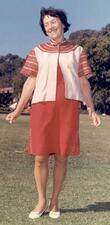
Folk Dance, Israeli
Folk dances in Israel are a staple of the national and cultural consciousness and were largely created and performed by women. The halutzim's festival pageants, combined with dance traditions brought to Israel from the Diaspora, led to the creation of many beautiful folk dances. Today there are over three thousand Israeli folk dances.
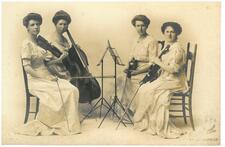
Vera Fonaroff
Vera Fonaroff was an extraordinary violinist and member of the all-female Olive Mead Quartet. Fonaroff immigrated to America from Kiev at age seven and debuted as a soloist with the Metropolitan Opera House Orchestra at age nine. She toured the world performing with the Olive Mead Quartet and as a soloist and eventually became the director of the violin at the New York Institute of Musical Art (now the Juilliard School).
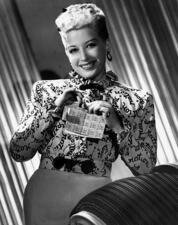
Helen Forrest
Despite an unhappy childhood, Helen Forrest achieved great success as a singer in several big bands. She was one of the first singers in the big band era whose vocals were featured throughout a full band arrangement, and one of the only women vocalists who had the courage to ask for individualized arrangements.
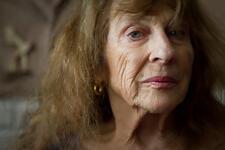
Mary Frank.
Mary Frank
Mary Frank was a sculptor and painter inspired by dance, photography, and the moving body. Born in London, Frank immigrated to the United States in the 1940s and danced with Martha Graham and studied art at the American Art School in New York. Frank imparts a sense of the timelessness and her work, and her sculptures have been described as sensual, sublime, poetic and profoundly moving, placing her among the foremost figurative artists of our time.
Rose Franken
Rose Franken was a celebrated Broadway playwright and director, a Hollywood screenwriter, and a popular novelist whose fiction touched a sympathetic chord in American women. After much success as both a playwright and a novelist, she ventured into more problematic subject matter, exploring antisemitism and homophobia in her works.
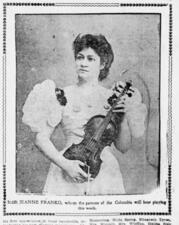
Jeanne Franko
Jeanne Franko was a violinist and pianist who performed with her four siblings and had a solo career. After making her debut in Paris before she was fourteen, Franko went on to tour most of the United States with her siblings and later with the Jeanne Franko Trio, perform with many orchestras as a violin soloist, and teach music in New York.

Recha Freier
German-born Recha Freier founded Youth Aliyah in 1933, which assisted in sending Jewish European teenagers to Palestine prior to World War II to be trained as agricultural pioneers on kibbutzim. Although she was responsible for saving the lives of many thousands of Jewish youth, Freier’s efforts were not officially acknowledged until 1975, when she was eighty-three years old.

Lillian Fuchs
Born to a musical family, Lillian Fuchs was a talented pianist, violinist, violist, and composer who toured the United States and Europe. Fuchs was the inspiration for some of the greatest composers of the twentieth century and was a popular teacher at the Manhattan School of Music, Juilliard, and Mannes College of Music.
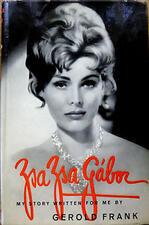
Zsa Zsa Gabor
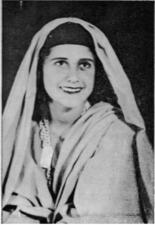
Esther Gamlielit
Esther Gamlielit was prominent in a lineage of Yemenite singers, after Brachah Zefira and before Shoshana Damari. Gamlielit was a talented singer, dancer, and actress, known for performing songs with the Yemenite-style pronunciation of the Hebrew letters het and ayin.
Annabelle Gamson
More than any other artist in the mid-1970s, Annabelle Gamson initiated unprecedented attention to the history of American modern dance. Her musically inspired, passionate performances of dances, choreographed by Isadora Duncan and others in the early twentieth century, brought about a resurgence of interest in Duncan’s work and her legacy, modern dance.
Edith Gerson-Kiwi
Edith Gerson-Kiwi was a world-renowned musicologist and a pioneer in the research of the music of the Jewish communities in Israel. In 1970 she received the Engel Prize of the Tel Aviv Municipality for her scholarly work in Jewish music.
Berta Gersten
Berta Gersten, a tall, regal, soft-spoken actor, was a highly acclaimed leading lady in the Yiddish art theater movement for fifty years. Her career on the English-language stage, though shorter, was also distinguished. Gersten was one of the original members of Maurice Schwartz’s Yiddish Art Theater, toured worldwide, performed in English films, and acted on Broadway.

Tavi Gevinson
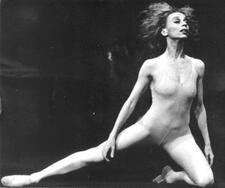
Marika Gidali
After surviving the Holocaust and immigrating from Budapest to Brazil, dancer Marika Gidali became an influential performer, teacher, and choreographer at a time when the arts faced serious repression under military dictatorship. In 1956 Gidali began dancing with the Ballet Company of Theatro Municipal do Rio de Janeiro. Gidali later set up her first school, which was the meeting point for many artists in the mid-1960s.
Miriam Gideon
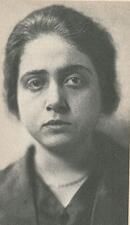
Therese Giehse
Focusing on difficult roles written for older women, Therese Giehse earned a reputation as a talented actress who brought Bertolt Brecht’s works to life. She co-founded an anti-Nazi literary cabaret called The Peppermill in 1933 and was known for touring successful anti-fascist theaterical works. She had a long collaboration with Brecht and developed a reputation as an “intellectual popular actress.”
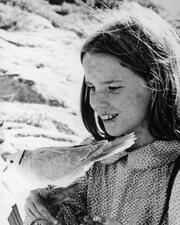
Melissa Gilbert

Ilana Glazer
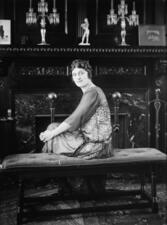
Alma Gluck
Alma Gluck began her career as an opera singer, but it was her love of American folk songs that made her a best-selling musical artist. She debuted at the Metropolitan Opera in 1909. By 1911, she had transitioned from opera to vocal recitals, and by 1914 she was the most popular concert singer in America. Gluck helped found the American Guild of Musical Artists.

